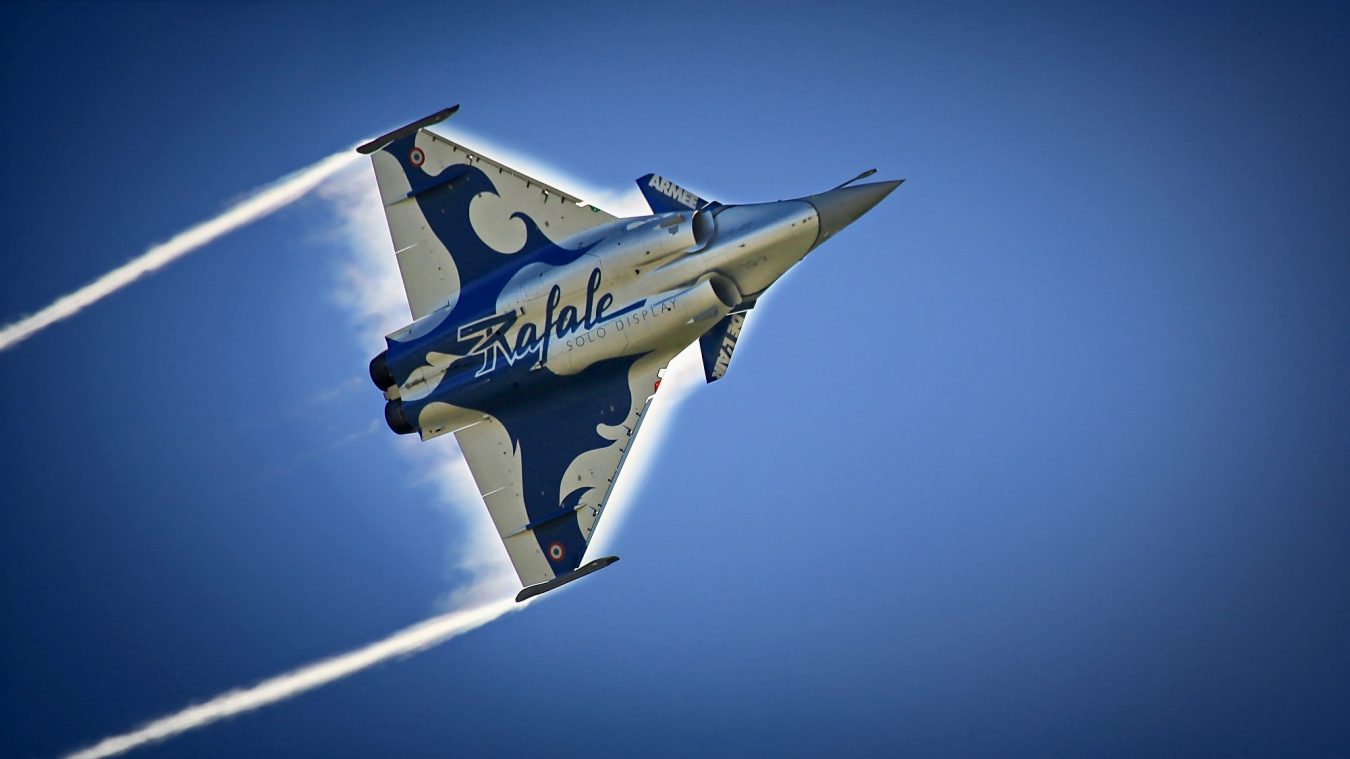OPED By IAF Gp Capt (Retd.) TP Srivastava
The Chinese J-31 fighter aircraft has been in the news recently. The latest pictures of yet-to-be-operational aircraft are floating around.
China has ‘supposedly’ offered J-31 stealth fighters to the Pakistan Air Force (PAF). As usual, hyperactive Indian strategists have gone into a tailspin and started suggesting that the IAF examine the ‘unlikely’ offer from the USA of selling F-35s.
J-31 “Stealth” Fighter Aircraft
Before discussing the yet-to-be-operated J-31 platform, a look into J-20 development and operational employment merits consideration.
While tall claims have been made about J-20, with a satellite photo showing around 10 J-20s parked on an apron in one of the PLAAF bases in Tibet, there has been no report yet of sustained operations of J-20 from high-altitude airfields in the Tibet Autonomous Region (TAR).
Two previous attempts of J-20 deployment in TAR during the last few years failed almost entirely due to adverse weather phenomena, such as strong surface winds, icy cold temperatures, ice accretion on the runway, etc.
Mention of J-20 employability is essential because the JF-17 experiment with PAF has not been successful. It may not be out of place to mention that JF-17s have failed to meet PAF requirements and that their induction has been near failure.
However, China never offered the J-20 to the Pakistan Air Force (PAF). Or is it that the PAF is wary of Chinese platforms? The Chinese ‘offer’ of J-31, which is under development, appears to be more of an appeasement offer rather than of any significant operational value.
No technical details are available about J-31, but it would not be hard to guess that it will be equipped with AESA radar, various types of AAMs (Air-To-Air Missiles), ALCMs (Air-Launched Cruise Missiles), and possibly the much-talked-about hypersonic anti-shipping missile.
It will, in all likelihood, have around nine hot points, four under each wing and one under the fuselage, an AAR facility, and a combat radius of action of at least 750 km with maximum load.
Even more important than the operational parameters would be the timeline for inducting J-31s in PLAAF (Chinese Air Force) and PAF.
As a reference point, it would be pertinent to mention that the USAF took 20 years to go from freezing the QRs (qualitative requirements) to IOC (initial operational clearance) in the case of the F-35. Even if China manages to cut down the time frame by 10 years, J-31s are likely to be employed in an operational role (if at all) with PLAAF not before 2035.
Would China be in a position to equip Pakistan simultaneously with J-31s?
F-35s For Indian Air Force (IAF)?
The backbone of IAF at present is the Su-30 MKI, supported by the latest Rafales and slowly but surely dwindling fleets of MiG-29s, Mirage-2000s, and Jaguars. Two squadrons of LCAs are also in the fray, with nearly 100 more to follow.
Time line of induction cannot be fixed because of shifting deadlines by HAL. AMCA and TEDBF are not even in the prototype stage. Hence, IAF needs a platform on priority.
HAL cannot meet the requirement. The exercise to induct 126 fighters has been going on for a long time. Why it has not fructified does not deserve any discussion. Platforms that might be available in large numbers are F-21s and Rafales. F-15EX and F-35s are not likely to be available immediately.

F-35 induction in the USAF and other EU nations has been less than a success story. To date, F-35s have a few very serious issues related to operations that need to be resolved. In 2023, the USAF lost six F-35s due to crashes.
The problem with F-35 development has been its overambitious nature. As of date, there are 14 variants of F-35s, causing enormous confusion in maintenance. “Extensive” differences in the variants are complicating maintenance and sustainability, contributing to the program’s poor readiness, the Government Accountability Office said in its report.
USAF was in a hurry, and in fact, before the design was frozen, prototype production had already commenced. As the development progressed, it caused numerous problems regarding new requirements, upgrades, etc.
Delivery by Lockheed has been in batches having nearly similar configurations. Will or should IAF accept such a mode of delivery if it decides to acquire the platform?
The F-35 maintenance schedule has been meeting numerous roadblocks due to various equipment malfunctions at random intervals. The IAF needs a sturdy platform that can operate in Rajasthan’s near 50-degree temperatures and the extremely humid conditions of northeast and eastern India. F-35s are unlikely to meet that requirement.
To date, nearly 1,000 F-35s have been manufactured, but the operators have called the platform underdeveloped. According to a government report, the program has 845 open deficiencies, including six Category 1 deficiencies. The IAF does not need such a platform.
Futuristic Platforms
Futuristic platforms viz FCAS of Europe and NGAD of USA are merely at the concept stage. Even if these platforms fructify, the timeline will be 2045 and beyond. For records, USAF Fighters timeline from concept to IOC has been as follows;
· F-4 and F-104 – 10 Years
· F-15 – 15 years
· F-22 – 20 years
· F-35 – 20 years
The IAF needs a proven, easy-to-maintain, and sturdy platform. The F-35 does not meet any of these requirements, and the cost issue has not been discussed deliberately.
- Gp Cpt TP Srivastava (Retd) is an ex-NDA who flew MiG-21 and 29. He is a qualified flying instructor. He commanded the MiG-21 squadron. He is a directing staff at DSSC Wellington and chief instructor at the College of Air Warfare.
- VIEWS PERSONAL OF THE AUTHOR
- Follow EurAsian Times on Google News




